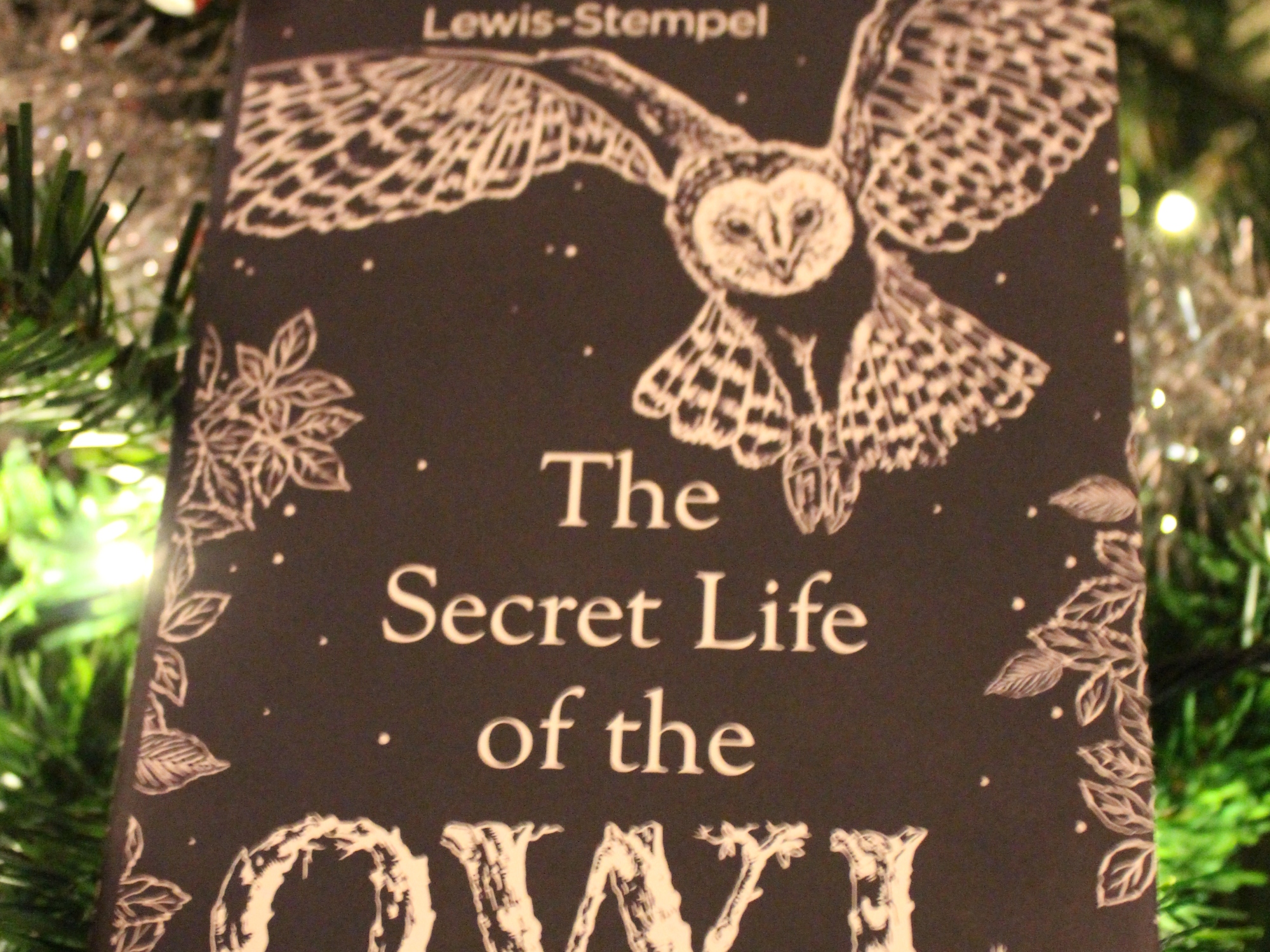Date Finished: December 25th 2017
This year I found myself regularly escaping the confines of my village to walk into the fields and forests of the English countryside. Inspired by Robert Macfarlane’s incredible book Landmarks, I began to find myself getting back in tune with nature. This new regimen took me into the territory of a nesting pair of barn owls, who reigned silently over the area. One night, when the darkness had drawn in, I stopped to check my phone and the light attracted one of these owls. Unable to see what I was and attracted by the soft light of the phone, the owl attempted to perch on the nearest thing available, which just so happened to be my head. I felt a fluffy but disconcerting grip on my temples which instantaneously relented and a thin screech escaped the beak of my assailant – probably equivalent to the rather colourful language that I reacted with.
Having told this story to anyone who would listen, I was probably asking for this. My Nan, rather taken with the anecdote, spotted The Secret Life of the Owl and thought it would make an amusing stocking filler. It proved to be so much more (which I’m sure she realised herself).
“The tawny owl in Three Acre Wood sometimes glides over my head as he takes an evening circuit… There are times when he comes within three feet – two even? – and I cannot tell, so quiet is his flight… except for a slight weightiness in the air around me… At night when he passes overhead he is subtext, something present but unseen.”
Lewis-Stempel recalls an occasion as a teenager when an owl attempted to perch on his head, lending credence to my own close encounter. Apart from this, this slim volume provides everything you could possibly want to know about British owls and more: their biology, mating habits, variations, the language and literature around them, their status both in the food chain and in terms of population stability, the history of their interaction with humans, a short guide to the various species of owl that inhabit Britain. It’s all here and expressed lyrically in just 83 pages.
From the asymmetry of their ears, to the way in which humans exploited the fact that other birds mob them, there are plenty of fun facts about owls here, as well as all the answers to the most basic questions you could have: how to spot them and when to see them, the sounds that come out of their mouths and the food that goes in, the places they nest and their relationships in those places. Despite the book’s brevity there’s plenty of information here for amateurs and enthusiasts alike. It’s an attractive volume to boot and, all in all, turned out to be the perfect little stocking filler.
7/10
